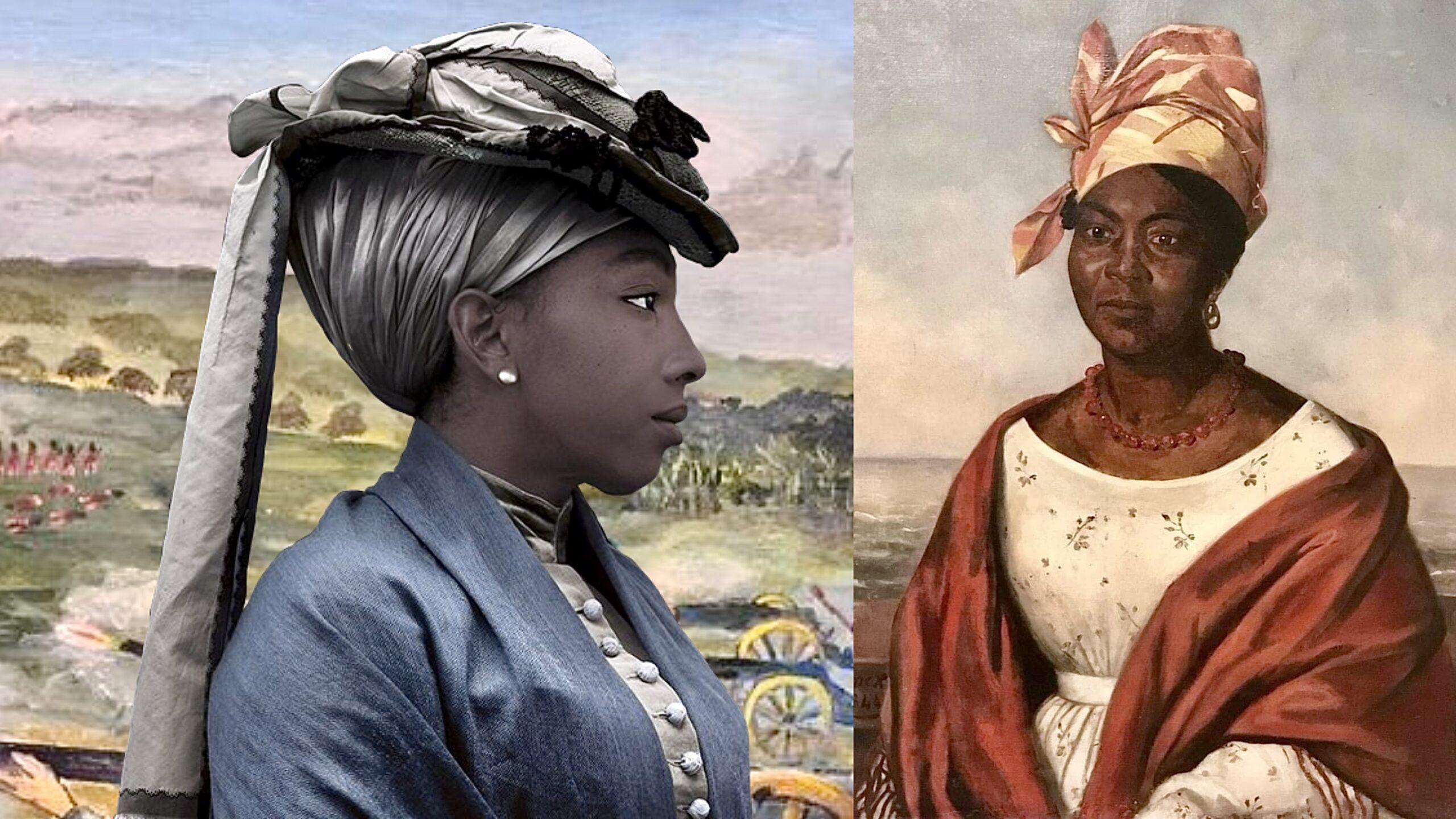The hair of black women is frequently admired and appreciated. From the afro to braids, black hair’s texture extends itself to creating various styles. Even the mainstream media frequently imitates fashions invented for and catered to women with Afrocentric hair, often without acknowledgment.
However, there was a time when black women couldn’t show their hair in public. Continue reading to learn more about the Tignon Laws and how it was used in the United States to exacerbate racial tensions.
A tignon (tiyon) is a hair-covering headdress. In 1786, it was decorated by free and slave Creole women of African ancestry in Louisiana. The sumptuary law was enacted under the administration of Governor Esteban Rodriguez Miró.
The regulation was intended to control the styles in which people of color dressed and appeared. Black women’s features often attracted male white, French, and Spanish suitors and their beauty was a perceived threat to white women.
The tignon law was a tactic used to combat the men pursuing and engaging in affairs with Creole women. Simply put, black women competed too openly with white women by dressing elegantly and possessing note-worth beauty.
Nonetheless, black women did not despair. Instead, they abided by the rule and turned it into fashion. The women used unique colors, jewels, ribbons, and wrapping styles which accentuated their gorgeousness even more. Out of this bore the various head ties seen today on women of color using unique materials, patterns, and flair.
Tignons have been worn by women in the Caribbean islands of Martinique, Guadeloupe, and Dominica which included hidden messages. They used Madras – a popular fabric amongst slaves and free women to achieve their head ties.
Tignon law eventually went out of effect in the 1800’s yet, black women worldwide continue to use head wraps as wardrobe staples paying homage to their culture, signifying their pride, and looking stunning while doing so.
By: FARIDA DAWKIN
 The African History Truly African
The African History Truly African

